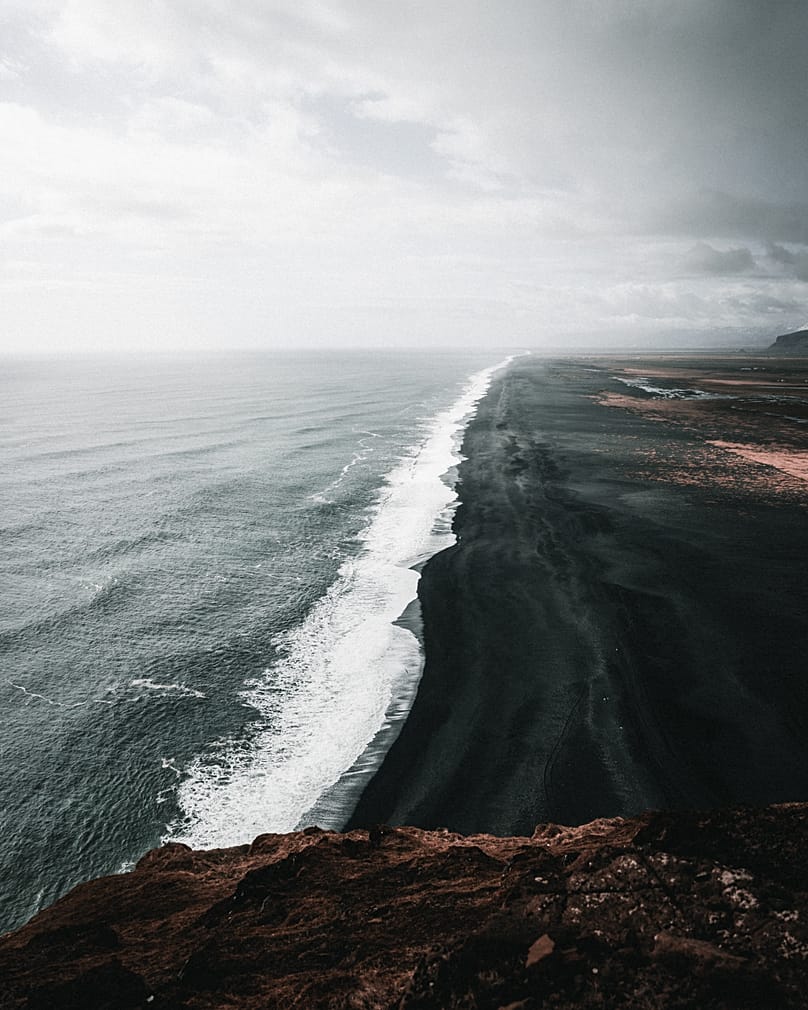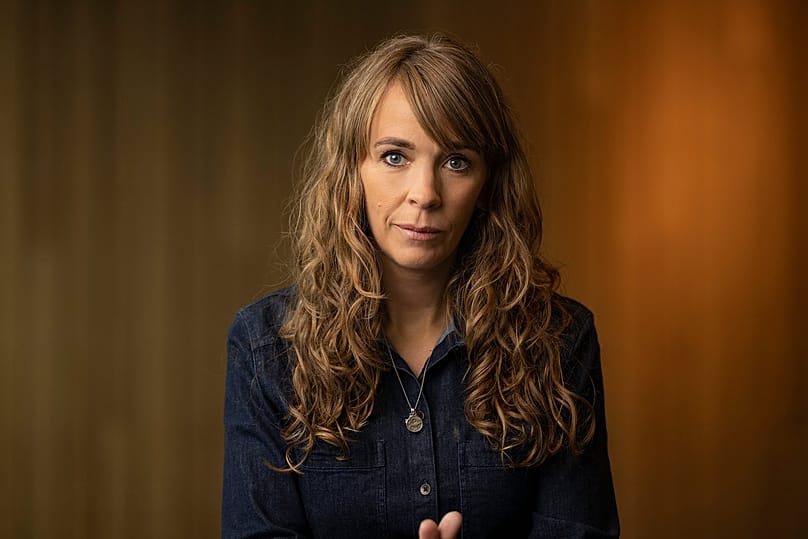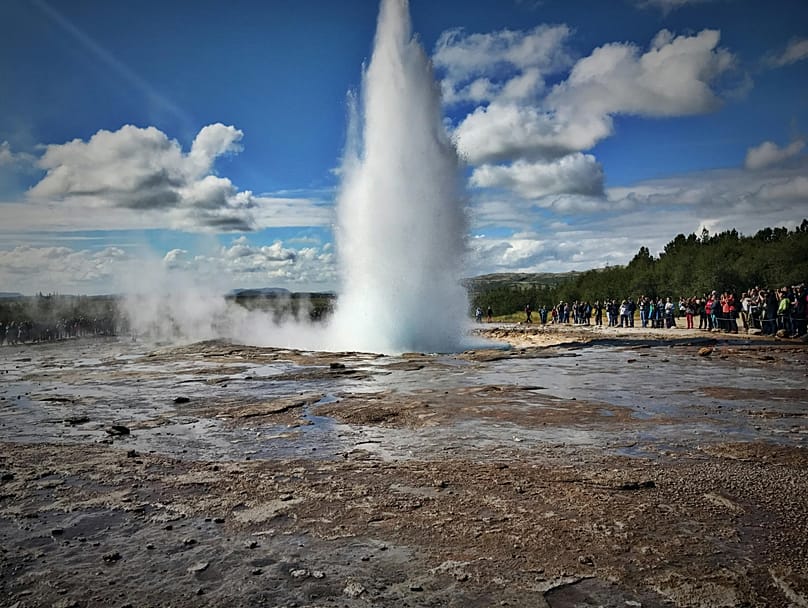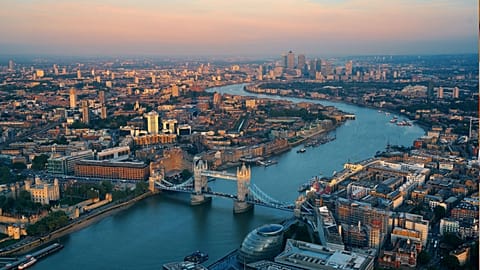Iceland has transformed from a seasonal hotspot into a year-round destination, encouraging visitors to explore beyond the usual routes while supporting local communities.
The "land of fire and ice" is often imagined as a place of glaciers, geothermal hot springs, waterfalls, volcanoes and the elusive northern lights - a destination for thrill-seekers ticking off bucket-list experiences.
But as Oddný Arnarsdóttir, head of Visit Iceland, explains, the country’s real story is about a deliberate, sustainable transformation of tourism.
“Since 2018, the numbers have more or less been the same - of course, besides the COVID years,” she tells Euronews Travel at this year's World Travel Market in London.
“We have between 2.1 and 2.3 million people visiting us on a yearly basis. There was growth during a certain time period, but what’s so important to establish is that we went from being a three-month destination to a year-round destination, meaning 65 per cent of the growth was actually off-season."
The Nordic country has worked to spread tourism more evenly across the year, outside of the peak season, while encouraging visitors to explore beyond the well-trodden Golden Circle.
Infrastructure improvements, regional development and community-led initiatives have ensured that tourism benefits locals as well as visitors.
“People are moving back, tourism has brought employment to people and new activities around the country,” Arnarsdóttir notes.
Nature, wellness and exquisite local flavours
Visitors can now explore new volcanic-themed attractions, wellness retreats like the Sky Lagoon in Kópavogur and growing accommodation options in northern towns such as Akureyri. This diversification encourages travellers to spend longer and venture further, reducing pressure on traditional hotspots, like the capital, Reykjavík.
Culinary tourism has also taken off. Three Michelin-starred restaurants, including one recognised for green practices, signal the country’s commitment to quality and responsible tourism.
“We’re lucky to have such fresh ingredients - the fish, for example, is incredible… Then there’s the lamb that roams free in summer, and vegetables grown in greenhouses. Today, you can find great restaurants all over the country."
Dill, perhaps Iceland’s best-known restaurant, was the first in the country to gain a coveted star, with dishes inspired by the local landscape. The intimate Óx, which seats just 17 diners at a time, joined the ranks in 2022. Moss Restaurant, at The Retreat at Blue Lagoon, became the country’s first hotel restaurant to earn a Michelin star in 2023, with a seasonal seven-course tasting menu blending Icelandic ingredients and Asian influences.
"A strong respect for nature"
Sustainability is also essential: "Iceland is, in its core, sustainable - with renewable energy and a strong respect for nature, which is our biggest attraction and asset."
“Tourism and sustainability go hand in hand. We talk about the four pillars of sustainability: the economy, the environment, the locals, and our visitors. In tourism, one doesn’t go without the other," Arnarsdóttir explains.
The wellness and hospitality sector exemplifies this ethos with geothermal spas built into the landscape, locally sourced supplies and carefully designed visitor experiences that leave minimal environmental impact.
An Icelander’s advice for visitors
For those planning a trip, Arnarsdóttir urges a slower, more local approach: focus on one or two regions rather than racing through the whole country and embrace cultural traditions.
"And if you come on 13 December, you’ll meet the Yule Lads - that might be something to experience!"
Wondering who on earth the Yule Lads are? Let’s just say it’s one of those Icelandic secrets you’ll have to witness in person.





















